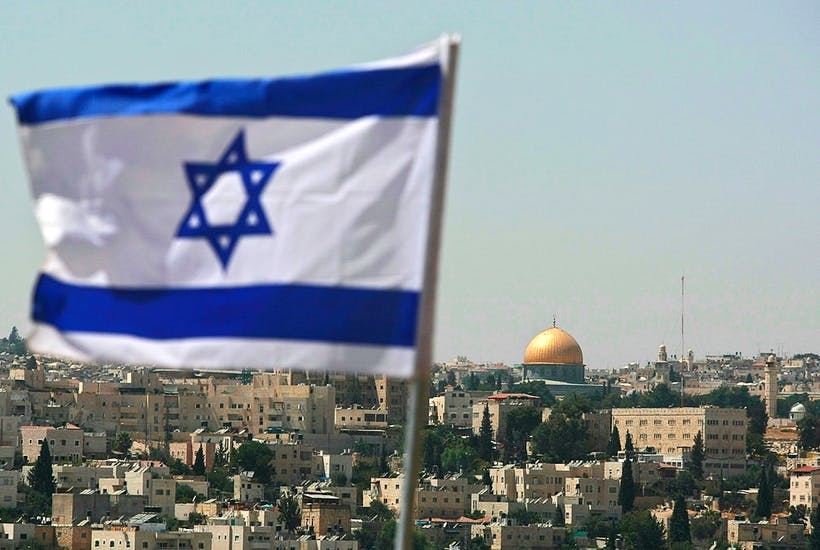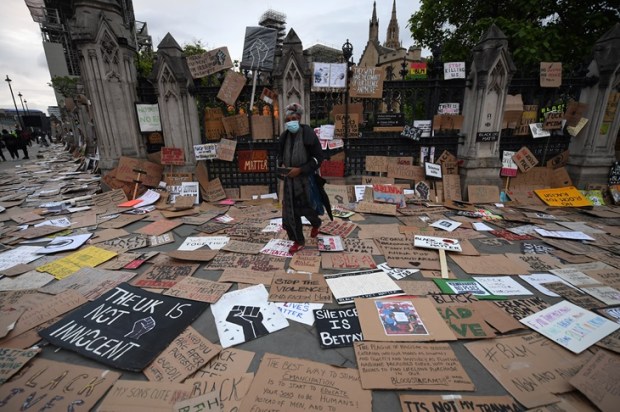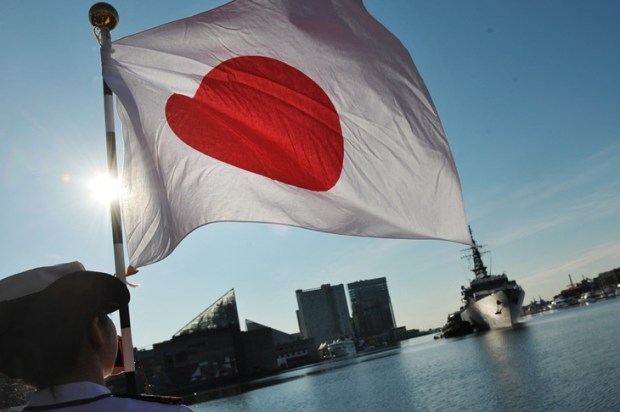It was in the first week of December 2017, almost a year to the day after being elected President of the United States of America, that Donald Trump officially agreed with Congress to formally recognise Jerusalem as the Capital of the State of Israel.
The decision was greeted by jubilation within Israel and Jewish communities around the world. Nir Barkat, the Mayor of Jerusalem greeted the decision wholeheartedly, describing Jerusalem as “the beating heart and soul of the Jewish people for more than 3,000 years.”
The 57-member Organisation of Islamic Cooperation, on the other hand, said that changing Jerusalem’s status amounted to “naked aggression” against the Arab and Muslim world. The head of the Arab League said it would be a “dangerous measure that would have repercussions” across the entire Middle East.
The Palestinian leadership announced the “death of peace” with Israel.
Two years later, what has actually happened as a consequence of the decision? What were the aftershocks and what is the current reality of Jerusalem?
The context within which the answer to those questions lies, as in all things in this endemically conflict-ridden part of the world, in the early-mid twentieth century.
In the United Nations Partition Plan of 1947, the British Mandate over Israel was divided into separate and independent Jewish and Arab states. That plan included declaring the City of Jerusalem a “corpus separatum”, that is, a sperate international entity under the auspices of the United Nations itself.
The subsequent 1948 War between Israel and five Arab armies saw the Jordanians take over the City (and the West Bank) and establish hegemony over Jerusalem. The United Nations decision to internationalise the City was ignored. It is a point of subsequent legal contention that with the control of Jerusalem by the Jordanians after 1948, the “corpus separatum” status of Jerusalem proposed by the UN, but never implemented, consequently became void.
One other decision made by the Jordanians in 1948 and reinforced for 19 years has left an acute historic marker that continues to resonate through the modern history of this great City: the exclusion of Jewish people to access the existent holiest site in Judaism itself – the Western Wall of the Solomon/Herodian Temples. This has left an indelible stain on future declarations about access to holy sites. Declarations are one thing – very recent history shows true access is quite another.
With the victory of Israel in the 1967 Six Day War, Jerusalem, and the West Bank, became Israeli controlled. Subsequently, in 1980, the Israeli Knesset passed a law declaring Jerusalem the unified capital of the State of Israel.
Why pass such a law? Because the reality of Jerusalem is that the metropolis is de facto two separate cities – a Jewish city of predominantly West Jerusalem and an Arab city in the Eastern half. The city operates with these two very separate cultures and modes of social organisation.
Jerusalem may be politically declared a unified municipality, but it is not. The populations keep very much to themselves. This was brought into stark relief in November 2015, during the outbreak of a rash of stabbings by East Jerusalem Palestinians against West Jerusalem Jewish residents. Within a couple of days of the outbreak, barriers were erected between West and East Jerusalem to control access between the two halves. The Israeli Government very quickly removed these same barriers within 24 hours for the simple reason that these road blocks gave tangible expression to the West-East divide.
The Palestinians have consistently sought East Jerusalem as Capital of a future State of Palestine. In doing so, they have brought the entire City into the larger Israel-Palestinian conflict. By choice, the rest of the world has abided by the formula that the status of Jerusalem must therefore be left to the parties to the dispute to resolve, and any change in status would be detrimental to that process.
This seems a quite reasonable proposition. So what promoted President Trump to formally recognise Jerusalem as the Capital of Israel, and unilaterally change the terms of the dispute over the status of Jerusalem?
Trump’s speech of 6th December 2017 announcing the decision made three key points:
- The United States officially recognised Jerusalem as the Capital of Israel. Trump said that “acknowledging this fact is a precondition of peace…(as it) is a recognition of reality”
- The United States does not take a position on the specific final status of Jerusalem and its final borders, which must be decided by both Israelis and Palestinians in negotiating a peace agreement between the two sides
- The religious status quo vis open access to all holy sites must be maintained
On this basis, the US decision is a logical step forward. Recognition of the City as Israel’s capital – but not the final borders of the City — removes Jerusalem as the most contentious stumbling block to any negotiated peace.
From the point of view of negotiating an agreement between deeply conflicted parties, this decision marginalises the status of Jerusalem — taking this particularly emotional chess piece off the board, as it were. Jerusalem has been a stumbling block ever since the Israelis and Palestinians sought to create the conditions for peace during the Oslo process. But it needn’t have been so if the parties were of a mind to create a framework for living together – separate but together.
Since the Trump declaration there has been no violent confrontation about Jerusalem. The Arab world has not erupted with “dangerous repercussions” in the face of this new political truth.
In effective negotiation, sometimes reality needs explicit acknowledgement in order to remove the shibboleths that allow parties to escape the dynamics of coming to a solution. And the idea that Jerusalem is not Israel’s capital is an escape from reality. This is as true as recognising that the City itself comprises two separate and non-integrated halves. If final peace means division but free access – then that is an opportunity worth exploring.
However, the Jordanian experience of not allowing open access leaves a deep scar in the Israeli consciousness which will need confidence built between the parties. The conditions for real peace will arise when leadership on both Israeli and Palestinian camps recognise these realities.
The day both Israeli and Palestinian leaders choice to pursue co-existence and peace, two years after the Trump decision to remove the contentiousness of Jerusalem as a blocker of a peace agreement, unfortunately seems further away than ever.
Adam Slonim is an Adjunct Fellow of the Sir Zelman Cowen Centre, Victoria University; Managing Director of Blended Learning Group, a specialist consultancy teaching Emotional Intelligence; Managing Director of VorAI Systems, a world-class Artificial Intelligence development and application company; Co-Convenor of the Australia-Israel Labor Dialogue ; Secretary of the John Curtin Research Centre; Australian Chair of the Information Overload Research Group.
Got something to add? Join the discussion and comment below.
Got something to add? Join the discussion and comment below.
Get 10 issues for just $10
Subscribe to The Spectator Australia today for the next 10 magazine issues, plus full online access, for just $10.


























Comments
Don't miss out
Join the conversation with other Spectator Australia readers. Subscribe to leave a comment.
SUBSCRIBEAlready a subscriber? Log in